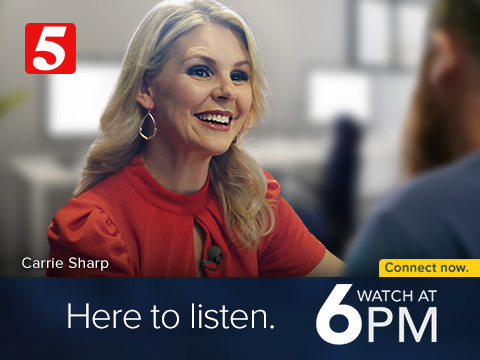BRENTWOOD, Tenn. (WTVF) — If the cloudy weather ever clears, you may want to look up for a view of a parade that’s happening right now, a planet parade.
According to leaders with Dyer Observatory, what time and where you look for the planets can increase your chances of seeing them.
“I've loved astronomy ever since I was a kid. I still have the books that my parents got me when I was 3,4,5 years old,” said Dr. William Teets, director of Vanderbilt's Dyer Observatory.
Teets said some planets will be visible with the naked eye, while others may require some help.
"At the beginning of January, and through most of January and February, there's a chance to see four of these planets just by eye," Teets said. "Saturn is getting pretty far over in the west by the time the sun has set, so it's going to be harder to spot, even though it typically is a naked-eye planet. And then the two other farthest planets, Uranus and Neptune, those are going to require at least a good pair of binoculars or a telescope to be able to spot them."
Teets said to get a good view, you've got to look up at just the right time.
"Wait until the sun has been below the horizon for 5 to 10 minutes. Start searching over in the southwest, very low to the horizon, for a moderately bright object, and that's going to be Saturn," Teets said.
You can see six planets for most of the month with a chance for a bonus from Mercury at the end of February.
The Dyer Observatory had a viewing party in January to watch some of this winter's parade.
Alex Rockafellar said it's an exciting time for people to take notice of the night sky.
“We're in a new space age, and this is a time where people are really invested, really interested, and want to connect, and the best way to do that is by looking up,” Rockafellar said.
According to Teets, after February, the next time we can expect a similar planet parade will be this August, and it will happen in the morning hours.
Do you have more information about this story? You can email me at robb.coles@newschannel5.com.

If you're looking for a stocking stuffer, here's a cool idea from an autistic teen to help benefit the Nashville Zoo. I had a chance to see some of Will Woods' work as a judge for Bellevue's Holidays in the Vue Christmas parade.
- Lelan Statom





